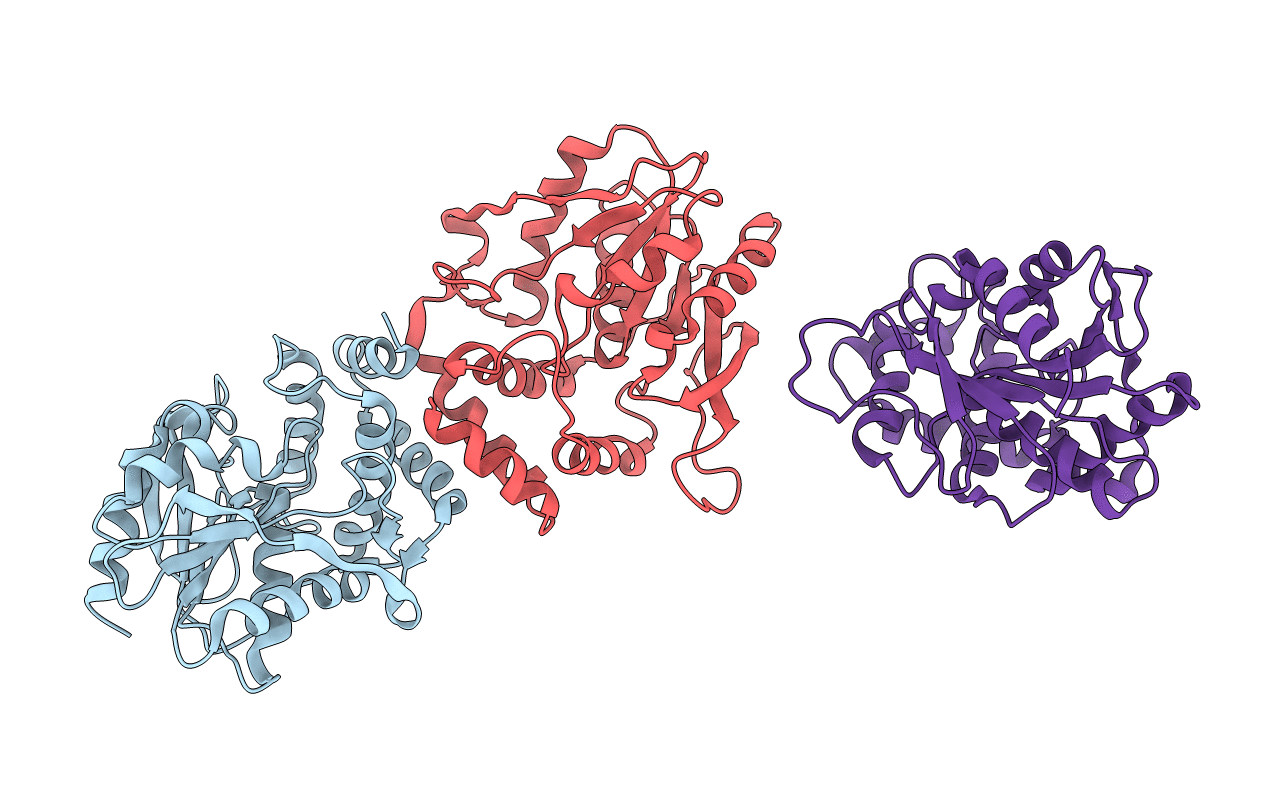
Deposition Date
2001-11-19
Release Date
2002-01-09
Last Version Date
2024-02-07
Entry Detail
PDB ID:
1KEZ
Keywords:
Title:
Crystal Structure of the Macrocycle-forming Thioesterase Domain of Erythromycin Polyketide Synthase (DEBS TE)
Biological Source:
Source Organism:
Saccharopolyspora erythraea (Taxon ID: 1836)
Host Organism:
Method Details:
Experimental Method:
Resolution:
2.80 Å
R-Value Free:
0.27
R-Value Work:
0.25
R-Value Observed:
0.25
Space Group:
P 31 2 1


